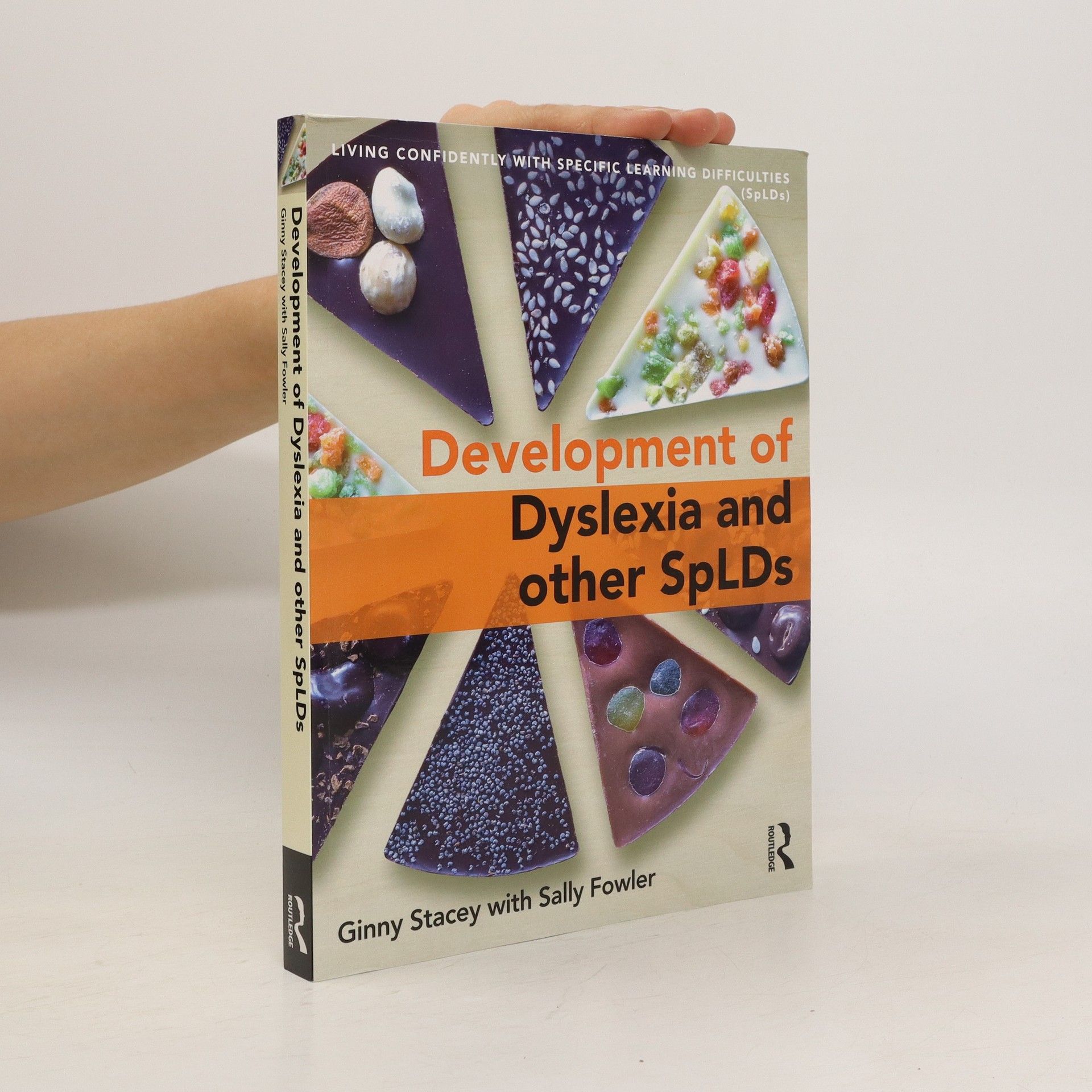"How to Improve Doctor-Patient Connection offers actionable steps for improving communication between health professionals and patients based on visual, auditory, and emotional understanding from the principles of cognitive psychology. Drawing on the author's personal experience as both a healthcare professional and a mother of two children, How to Improve Doctor-Patient Connection explores communication between doctors and patients as well as bias in healthcare. This how-to text includes several practical applications that can be applied to healthcare encounters, enabling readers to form habits based on visual analysis of body language, auditory information from language and tone of voice, and logical emotion perception that will allow for improved doctor-patient connection. By integrating the perspectives of both doctors and patients and applying a psychological lens, this text is invaluable to healthcare practitioners, students of medicine, healthcare, biology, and related fields, and anyone looking to improve their own or other's quality of doctor-patient interactions and overall healthcare experience"--
Ginny Stacey Books



Organisation and Everyday Life with Dyslexia and other SpLDs
- 240 pages
- 9 hours of reading
Organisation and Everyday Life explores the wider implications of living with dyslexia/SpLD, which often goes far beyond reading and writing skills. Organisation is a major area of difficulty for people with dyslexia/SpLD, and this book aims to address the most commonly encountered problems. The authors draw on the latest scientific research, as well as their own experiences to provide expert guidance for problem-solving, time management, and organising workloads. Using mind maps, real-life examples, and helpful tips throughout, the book is written in a clear, dyslexia-friendly style, and will be an essential companion for dyslexia/SpLD support tutors, parents, and individuals.
The Development of Dyslexia and other SpLD
- 240 pages
- 9 hours of reading
This book provides an overview of the benefits of early diagnosis of dyslexia/ SpLD. It will cover the latest research in the area, along with insight into the emotional and financial implications of dealing with dyslexia and SpLD. It aims to help individuals understand their experiences better, helping them to achieve beyond the impacts of dyslexia/ SpLD